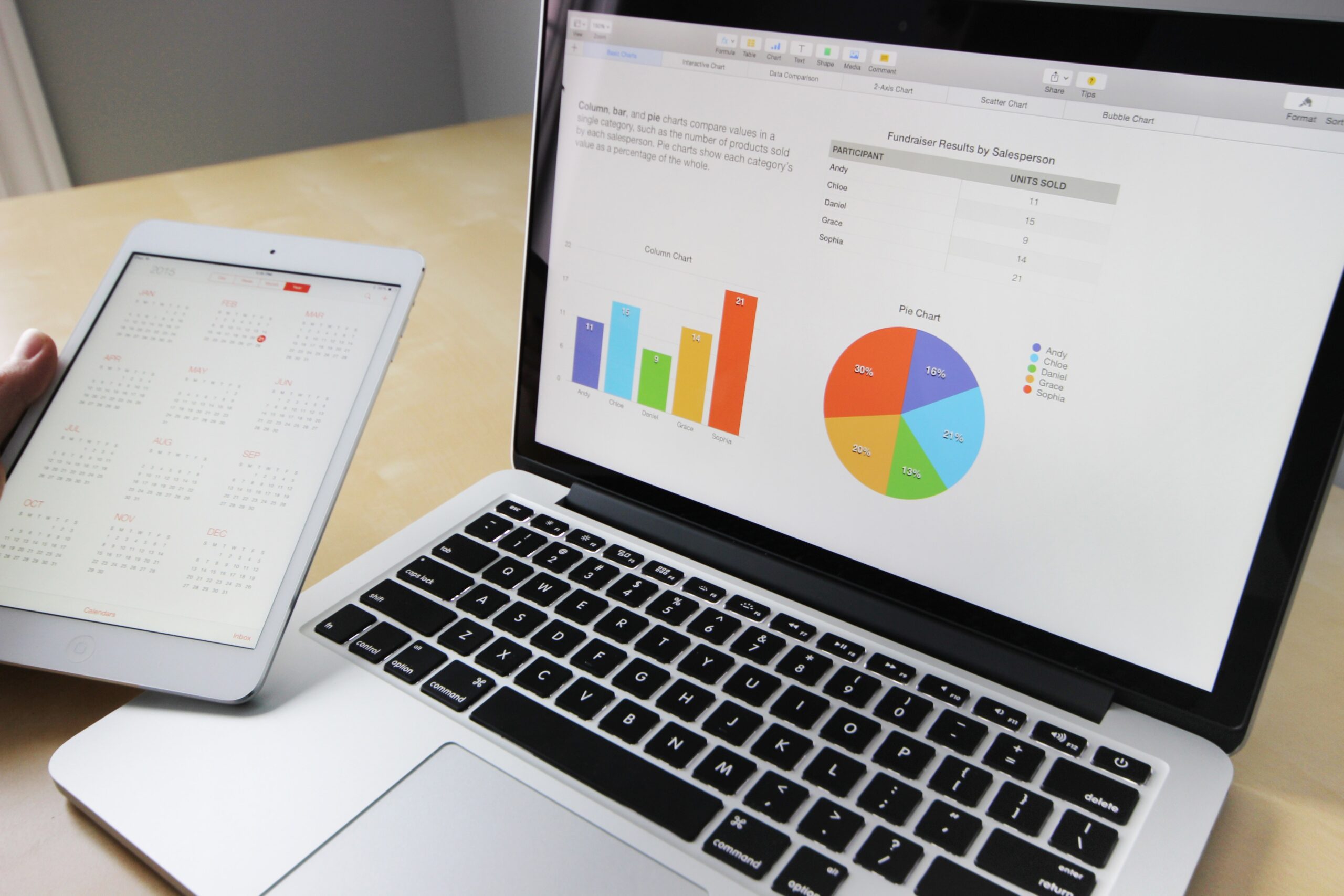The world is growing non-human in a day, and people wish to be more than one number in the customer line. Over the past few years, advertisers have turned to personal experiences in order to win over customers. From Amazon based on recommendations in previous browsing behaviour to companies that greet people by name, you will see examples of personalization everywhere.
What is personal marketing?
Personal marketing is where the business delivers individual content to current and future customers. The goal of personal marketing is to better communicate with your customers by treating them as individuals. Instead of using standard or given language, instead use data collection, analysis, classification, and automation to create specific touch locations.
Why is personal advertising so effective?
According to a study by Retail Touchpoints, consumers want more personalized products but 36% of them do not want to provide a lot of information to get that customized. The offensive tactics of big companies like Facebook and Google have left a bad taste in the mouths of consumers.
People have realized that they will be browsing for something like dog columns and suddenly find ads for the same thing on social media. Tricks feel inferior and people feel oppressed by such tactics.
Companies that collect personal data without sharing it with customers are disruptive and may shut down your customers. Businesses need to learn to make their own decisions without having to ask for more data in advance. Modernization requires a combination of data and smart marketing efforts.
Divide your audience
Dividing your list gives you the opportunity to personalize your emails, ads, and on-site information to ensure that people only see the content and provide the most relevant content. You can easily differentiate your current customers based on past purchases, but potential customers can be even more challenging.
Start with data from your current customers and create consumer people. Divide new customers into segments based on people. You may need to ask a question or two to find out where they fell, but you will be able to advance small portions of your list over time.
For example, you could use the information on the site and add pop-ups to help users find a specific prediction page that best suits their needs.
Another way to use information about email marketing. If you submit weekly articles and those are the only emails that customer A clicks on, then split them into a group that only receives how emails. Change the way you do it by adding a CTA at the end to convert someone into a customer.
Know Your Audience
Most businesses have more than one customer type, so separate your buyer’s people, too, and make several with specific demographics. You may have new and old customers. You have to have consumer people to meet their unique needs.
Sort any original creation using the people you have. For example, if you want to write an article, you can look for a specific type of audience member. You can count their pain points and article articles that can help them solve the problem.
Conclusion
Businesses that frequently use emails to differentiate their audiences and send them offers may be of great interest to them. Companies also collect information about customer feedback that they would like to see and call someone to let them know what changes they have made. Retailers even use apps to ping people as they are closer to their store or track how they shop. In short, if you don’t get personal you fall behind.







